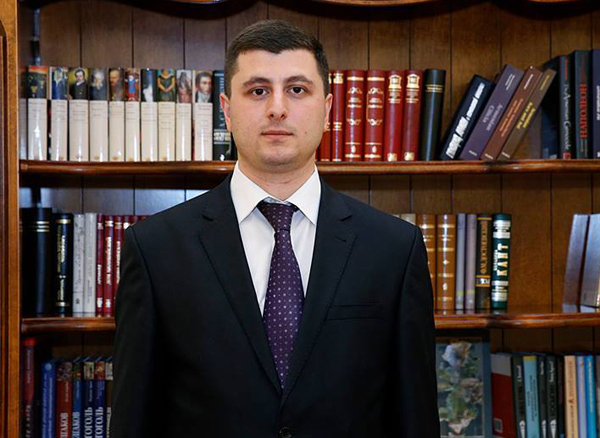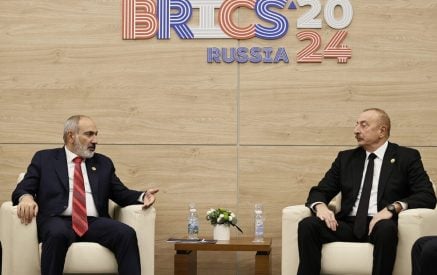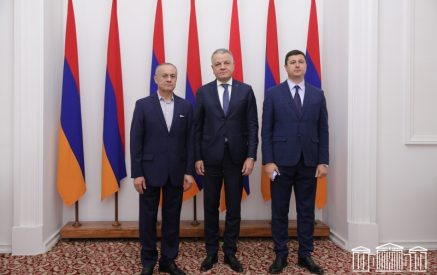Expert Tigran Abrahamyan about the specifications of recent escalations on the border
– Recently, Azerbaijan has again intensified its subversive and intelligence operations. It is also noteworthy that on the night of August 28, at the contact line of Karabakh and Azerbaijan, the opponent has violated the ceasefire regime about 110 times with different caliber rifle and artillery weapons, during which more than 2000 shots were released, including 35 shots from 60, 82 and 120 mm mine throwers. What is the reason for this activation by Azerbaijan? Only with the forthcoming possible meeting if the presidents?
– I do not think that the main reason for the activation is the possible meeting of the presidents. It’s another matter that there is no significant progress in the negotiation process for a long time, the matter, first of all, is about the meetings in various formats. The co-chairs come and go, but there is no visible progress in the process. Naturally, no meetings – no expectations. In this context, the absence of active negotiation process also contributes to the frequent escalations of the situation. As for the activation of Azerbaijan, this if the next cycle for the escalation in this frontier, which is accompanied by a simultaneous missile and artillery, large-caliber machine guns, operations of subversive and intelligence groups and the snipers. However, unlike the previous escalations, this time, the arsenal used against Armenia has been expanded: it must be stated that Azerbaijan’s actions are becoming more dangerous and fraught with unpredictable consequences.
– This activation by Azerbaijan has one more specification, about which we dropped a hint. Recently, Azerbaijan used a Turkey production TR-107-type of reactive volley-fire system. It happens rarely that a Turkish-production weapons are used. How will you interpret this?
Read also
– One can constantly see a “Turkish trace” in Azerbaijan’s actions, the matter refers not only to the military supplies, joint promotional activities, education and trainings of Azeri officers and detachments in Turkey but often “appearance” of Turkish officers and instructors in the front line. As for the use of TR-107-type rocket systems of volley fire in the direction of Armenian’s positions, then this is indeed dangerous, primarily because the number of weapons used is complemented by rocket and artillery means. Yet, not one year since Azerbaijan had begun using artillery in the frontline, and now it passes to the missile and artillery means. In the last one year, Azerbaijan’s steps create a new situation. On the one hand, Azerbaijan is pushing the negotiations to an impasse by doing everything to deactivate the negotiations, on the other hand, Azerbaijan’s moves in the front line shift to a more dangerous phase.
– Does Turkey shift from the hidden state of defending Azerbaijan and providing military aid to an evident state?
– I would not say that Turkey supports Azerbaijan in a hidden way. To begin with, in 1993, Turkey imposed blockade on Armenia’s western border to support Azerbaijan, secondly, there are relevant documents on military cooperation and mutual assistance between Turkey and Azerbaijan, which have legally enshrined this cooperation.
– Although the military departments of Armenia and Nagorno-Karabakh and their responsible persons are constantly stating that the situation is under our control, but you also asserted that this neither peace nor war situation is increasingly becoming dangerous, especially given the regional and geopolitical tense situation.
– In different parts of the world, including in the former Soviet Union territory, the evolved events show that there is no guarantee to avoid a full-scale actions, especially since Azerbaijan openly demonstrates its desires and ambitions. The situation becomes possible to keep under control by preventive and timely discharging actions by the armed forces of Armenia. If necessary (most often in recent period), the Armenian detachments are carrying out “clean ups” – special actions in different sections of the border line to restrain the opponent’s aggression and give punitive strikes.
Interviewed by NELLY GRIGORYAN,
“Aravot” daily


























































